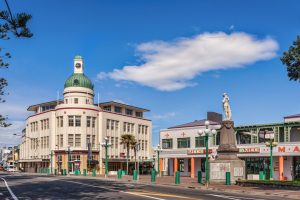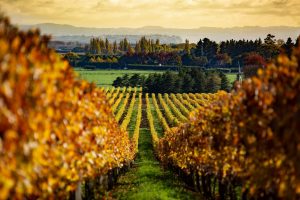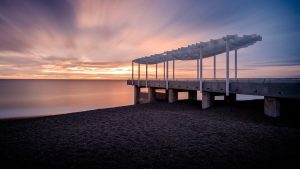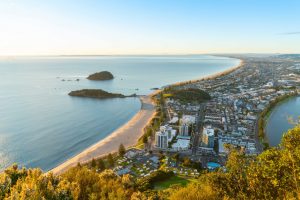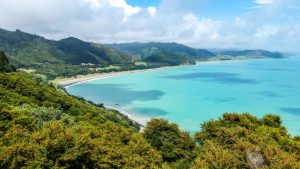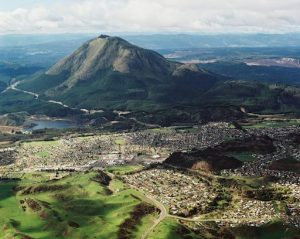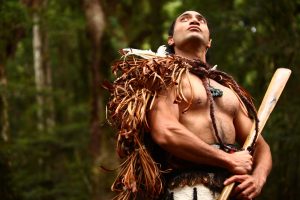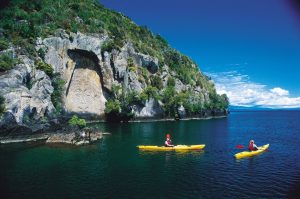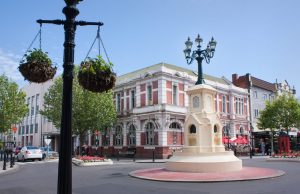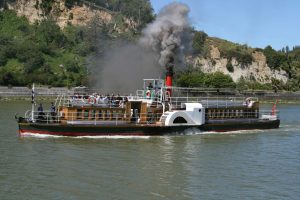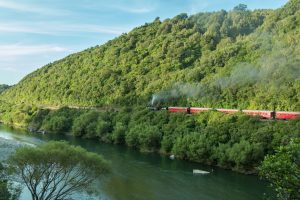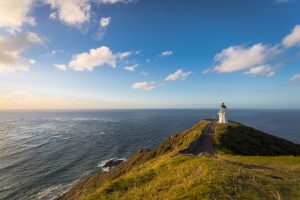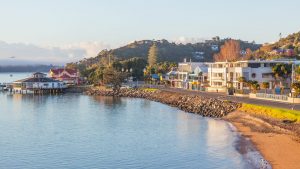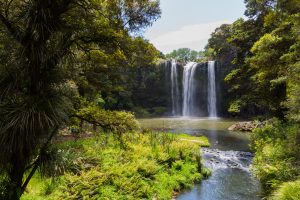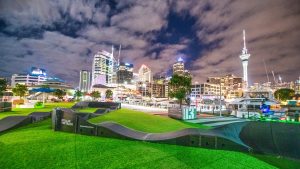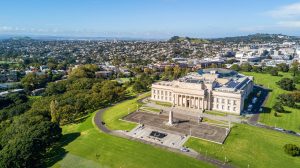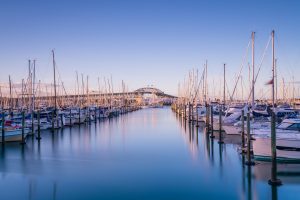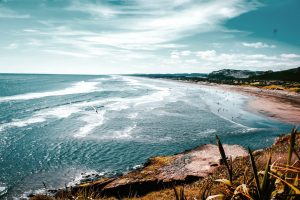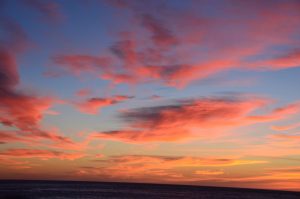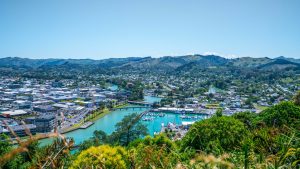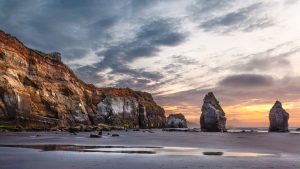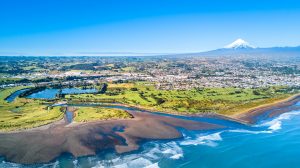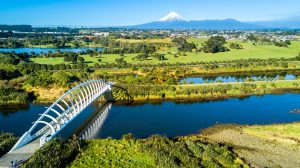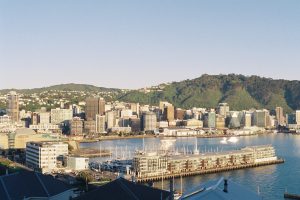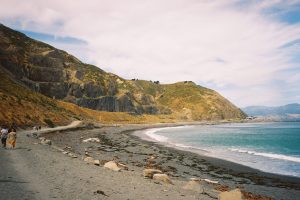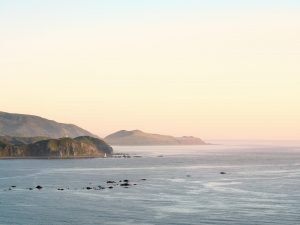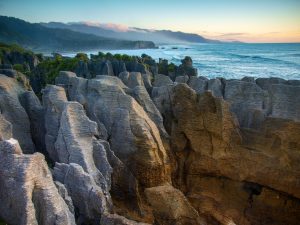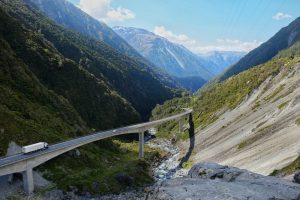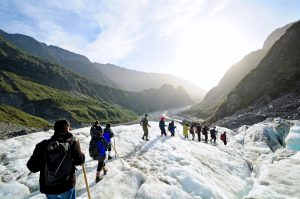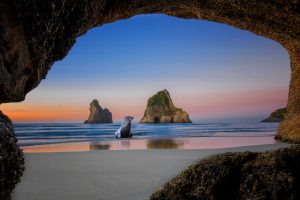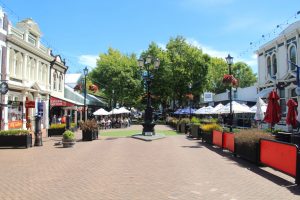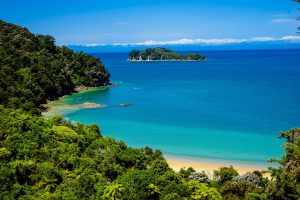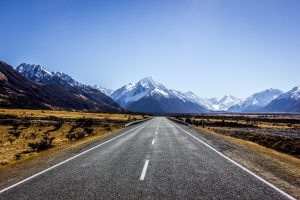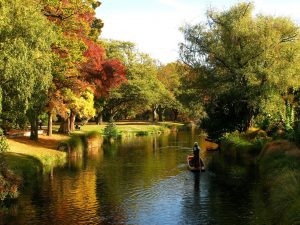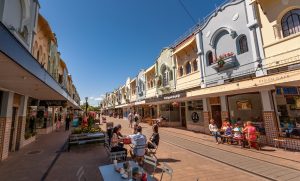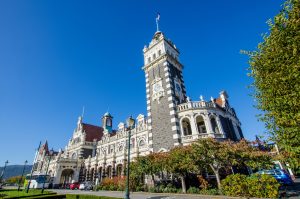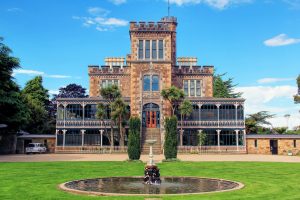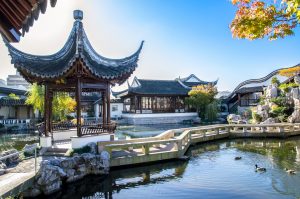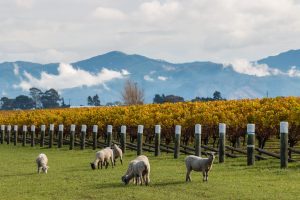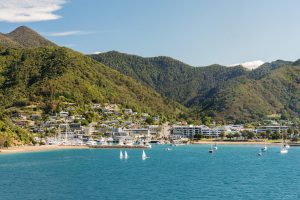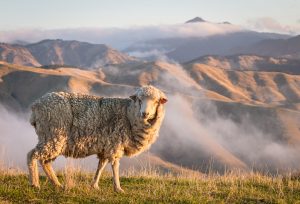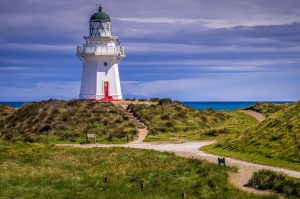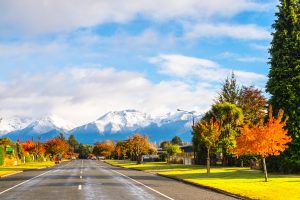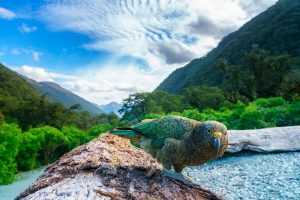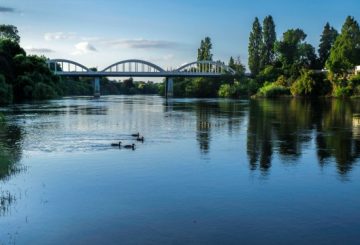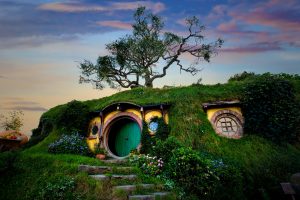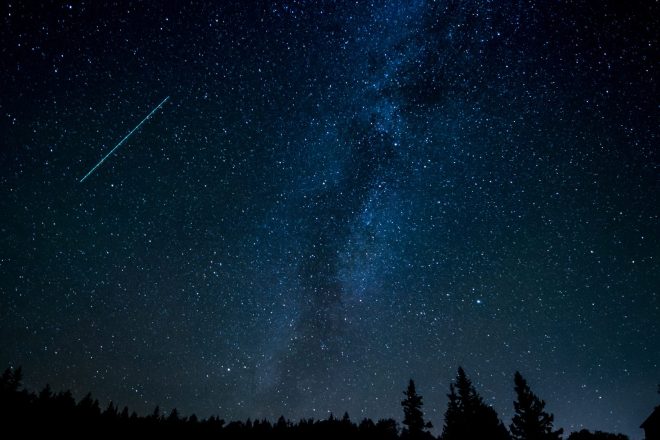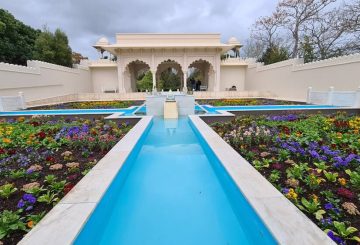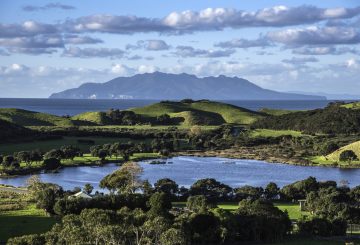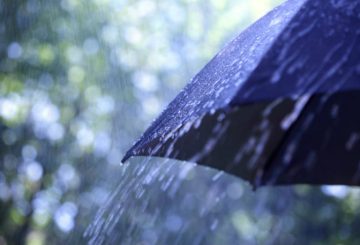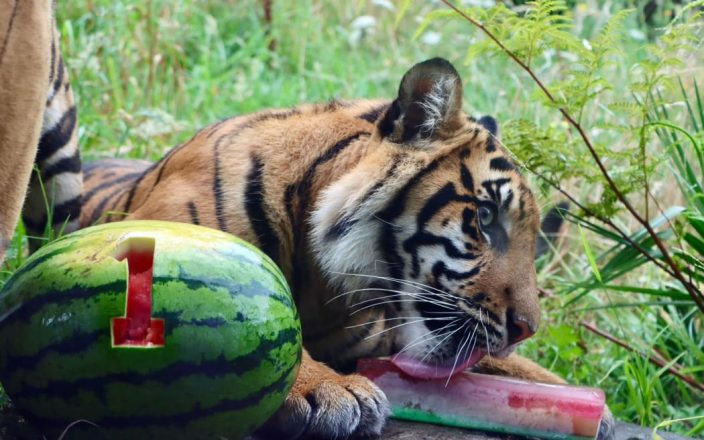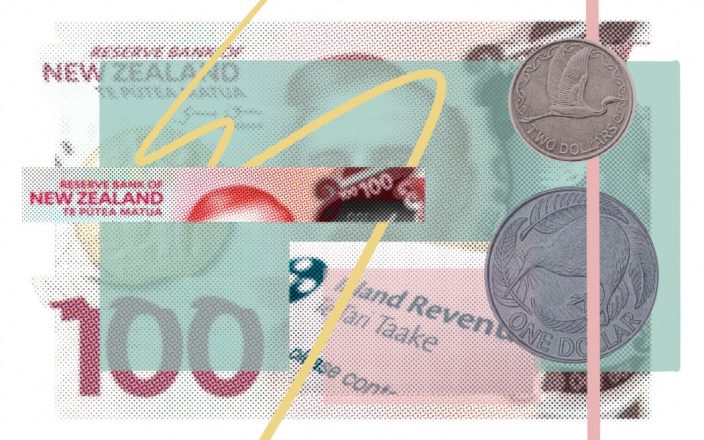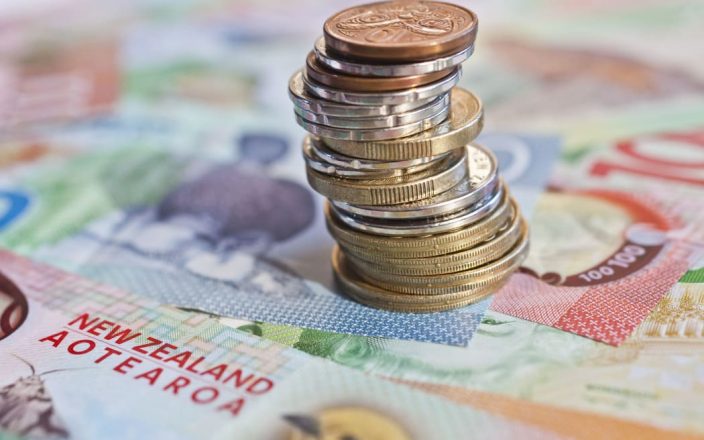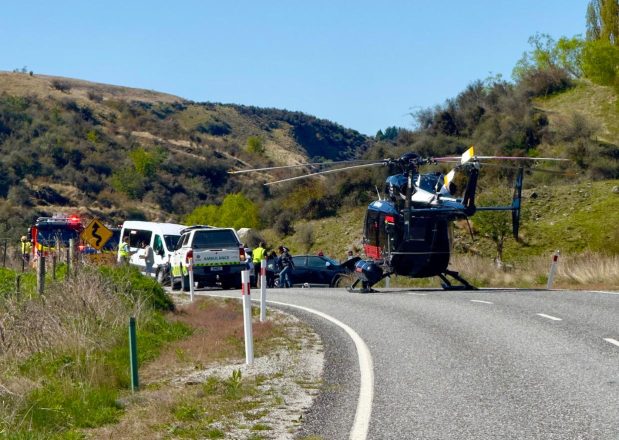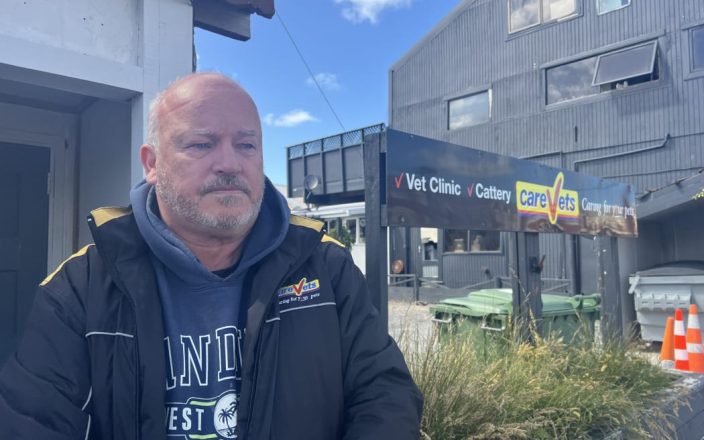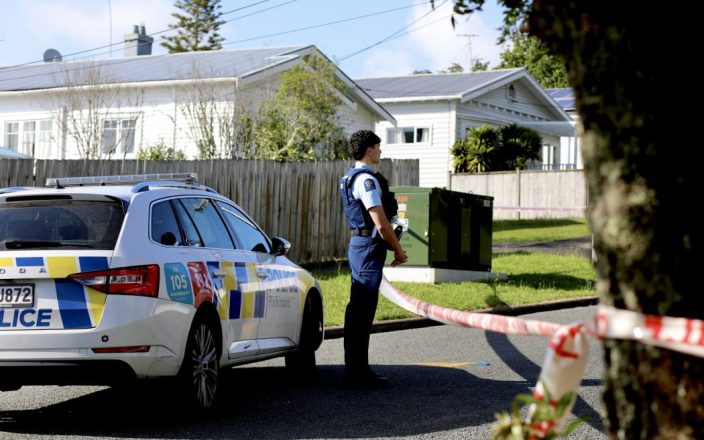Các nhà thiên văn học đang tìm kiếm một thiên thạch sau khi một quả cầu lửa lớn đã được nhìn thấy trên đảo Bắc vào cuối tuần.
Tổ chức theo dõi sao băng có trụ sở tại New Zealand Fireballs Aotearoa cho biết thiên thạch có lẽ đã hạ cánh ở Northland, một nơi nào đó giữa Dargaville và Whangarei.
Vào sáng thứ bảy, các nhân chứng vùng phía trên của đảo Bắc cho biết đã nhìn thấy một vệt màu xanh lá cây trên bầu trời, tiếp theo là một ánh sáng màu cam sáng và một tiếng nổ siêu thanh. Toàn bộ khung cảnh chỉ kéo dài trong 6 giây.
Một nông dân miền Bắc là người đầu tiên báo cáo việc nhìn thấy. “Tôi quay lại và nghĩ rằng đó là một chiếc xe trên đường phía sau,” họ nói. “Đó là sự kiện lớn nhất mà tôi từng thấy trên bầu trời đêm, mà tôi thì đã dành rất nhiều giờ đồng hồ để theo dõi đàn bò trong bóng tối.”
Nhà địa chất James Scott, một thành viên của Fireballs Aotearoa, nói rằng với đầy đủ thông tin, nhóm của ông có thể xác định được vị trí hạ cánh của thiên thạch.
“Chúng tôi có hình ảnh từ ba camera an ninh, nhưng tất nhiên có nhiều camera hơn đã bắt được hình ảnh đó, “Ông nói.
“Nếu có đủ hình ảnh, chúng tôi có thể định hình vùng tam giác, khá chính xác, nơi mà thiên thạch rơi xuống.”
Scott khuyến khích mọi người kiểm tra cảnh quay an ninh tại nhà của mình và gửi đến nếu bắt được hình ảnh sao băng. Điều này sẽ giúp đội thu hẹp vùng đổ bộ.
Nhà thiên văn học Stardome Josh Aoraki nói rằng nếu thiên thạch được tìm thấy, đó sẽ là một cơ hội đặc biệt.
“Những tảng đá này có niên đại từ hàng tỷ năm trước, vì vậy chúng giống như viên nang thời gian,” ông nói.
“Những điều này đặc biệt quan trọng vì chúng cung cấp thông tin về hệ mặt trời. Chúng là một mỏ vàng khoa học thực sự nếu bạn có thể nắm được, và New Zealand có rất ít.”
Ông hy vọng rằng không ai sẽ ăn cắp thiên thạch.
“Chúng tôi hy vọng họ sẽ tặng nó cho một bảo tàng nơi mọi người có thể thực sự nhìn vào và giải thích lịch sử trong đó,” ông nói. “Chúng có giá trị đối với khoa học hơn nhiều so với con người.”

